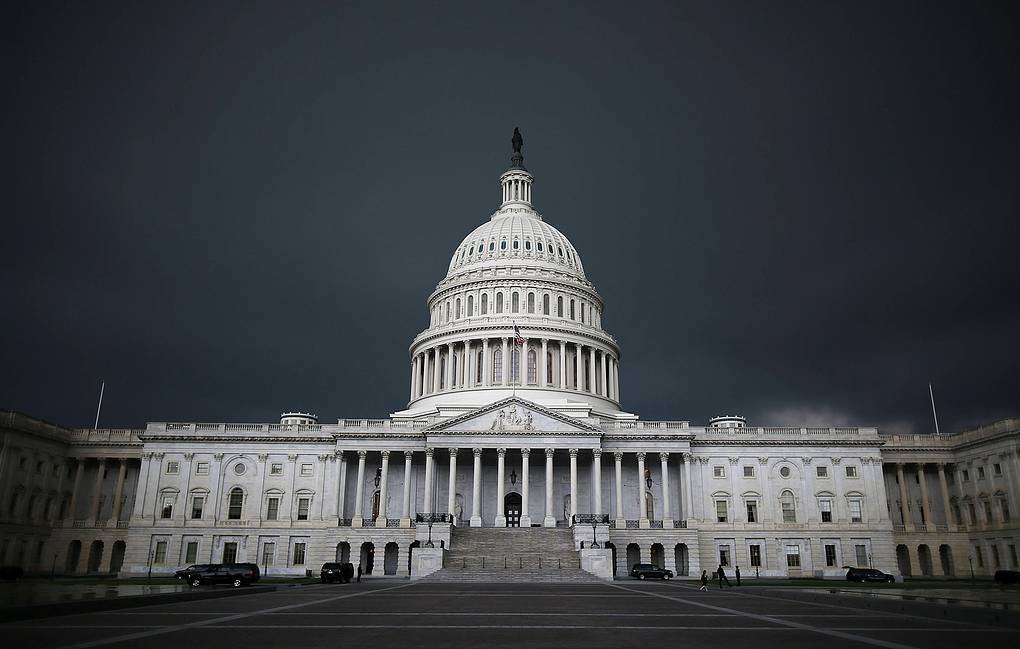BREAKING: The US government enters a partial shutdown as Congress fails to pass a spending bill. Get the full impact on federal workers and essential services.
WASHINGTON D.C. – The United States federal government officially entered a partial shutdown at midnight after a last-minute political deadlock in the Senate prevented lawmakers from passing a bill to extend agency funding. The lapse in appropriations marks the first federal shutdown in nearly seven years and immediately puts hundreds of thousands of non-essential federal workers on furlough without pay.
The shutdown was triggered by a deep partisan rift over a temporary spending measure, known as a continuing resolution (CR). Senate Democrats blocked a Republican-backed bill, demanding key concessions including an extension of Affordable Care Act (ACA) subsidies and the reversal of recent Medicaid cuts. Republicans, led by President Donald Trump, insisted on a “clean” CR, arguing that policy negotiations should be kept separate from the core responsibility of funding the government.
Immediate Impact on Americans
While essential services—including the military, air traffic control, law enforcement, and Social Security payments—will continue, the shutdown will quickly begin to impact public life and the economy:
- Federal Workers: Up to 750,000 federal employees are expected to be furloughed or required to work without pay, according to estimates by the Congressional Budget Office (CBO).
- National Parks and Museums: Many national parks, monuments, and federal institutions like the Smithsonian museums in Washington D.C. will close or operate with heavily reduced services.
- Public Services: Americans can expect delays in processing passports, small business loans, housing applications, and certain veterans’ services. Scientific research and environmental protection activities are also likely to be suspended.
- Economic Cost: The CBO has warned that the shutdown could cost hundreds of millions of dollars per day in lost compensation and economic activity, with the potential for long-term damage if the impasse drags on.
With no clear path forward and both parties trading blame, a swift resolution appears unlikely. The Senate is scheduled to reconvene, but the breakdown in talks between the White House and Congressional leaders has created a climate of deep uncertainty for federal employees and the services millions of Americans rely on.





